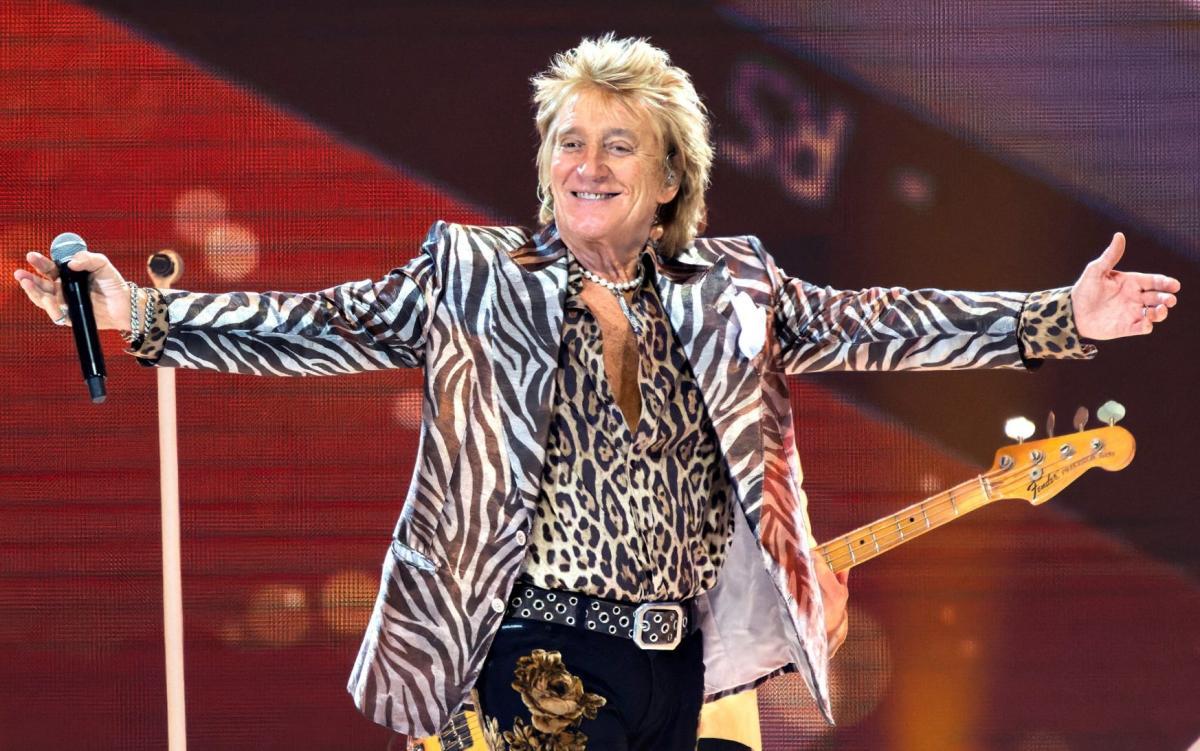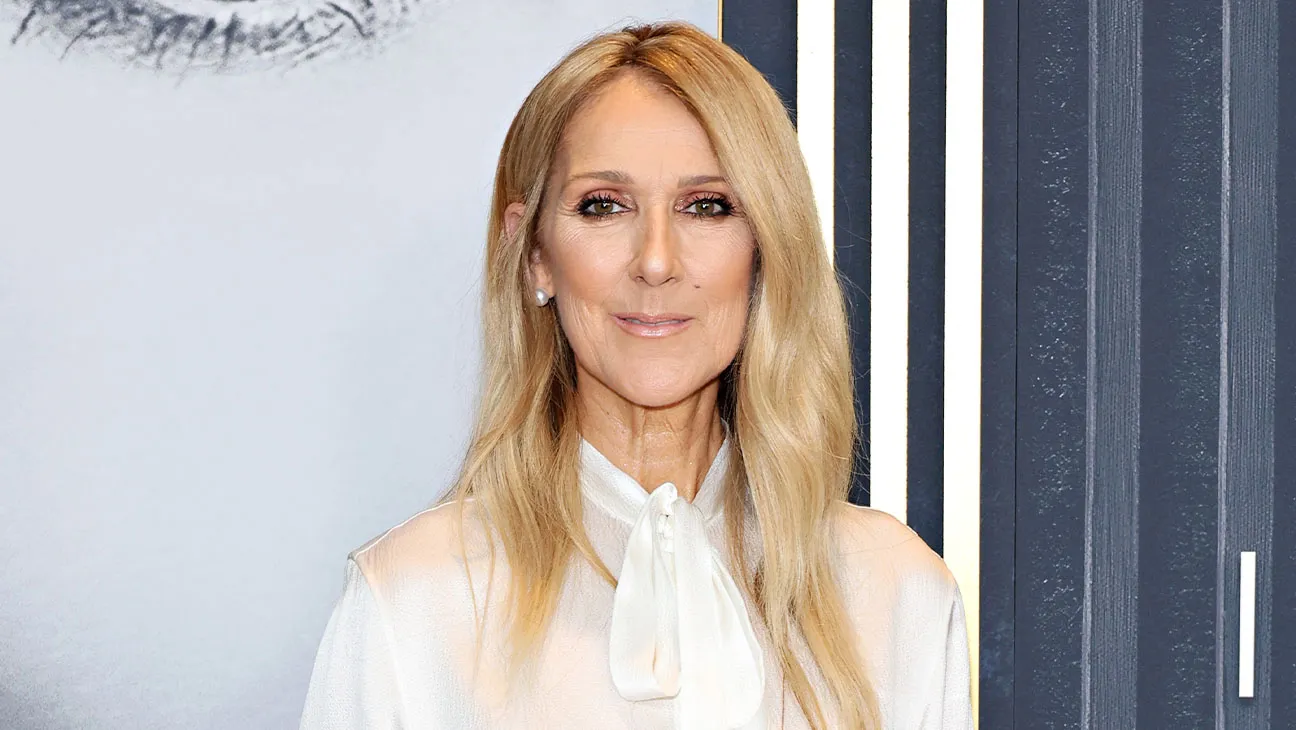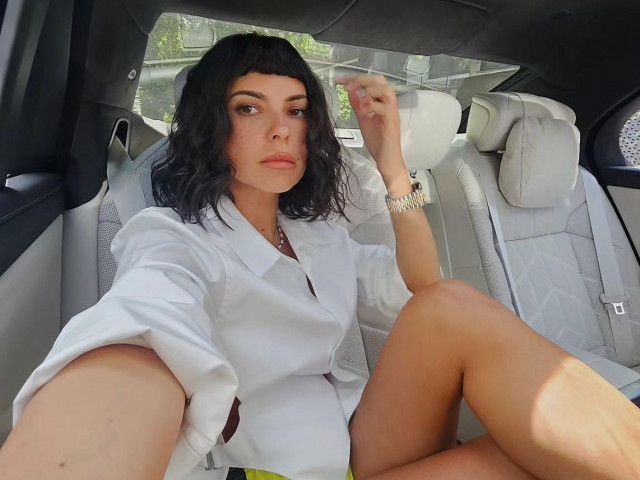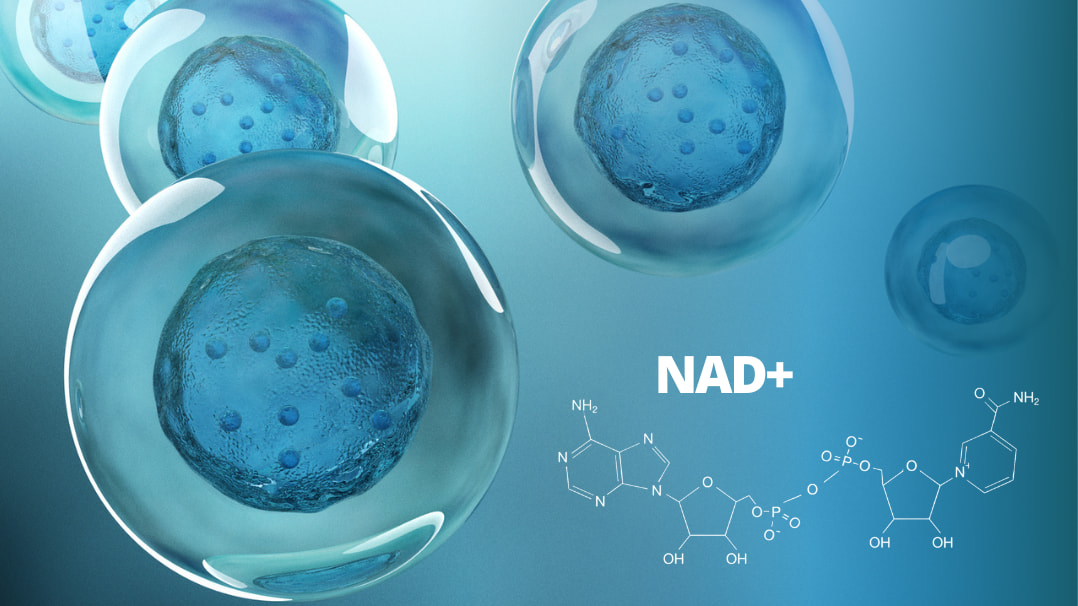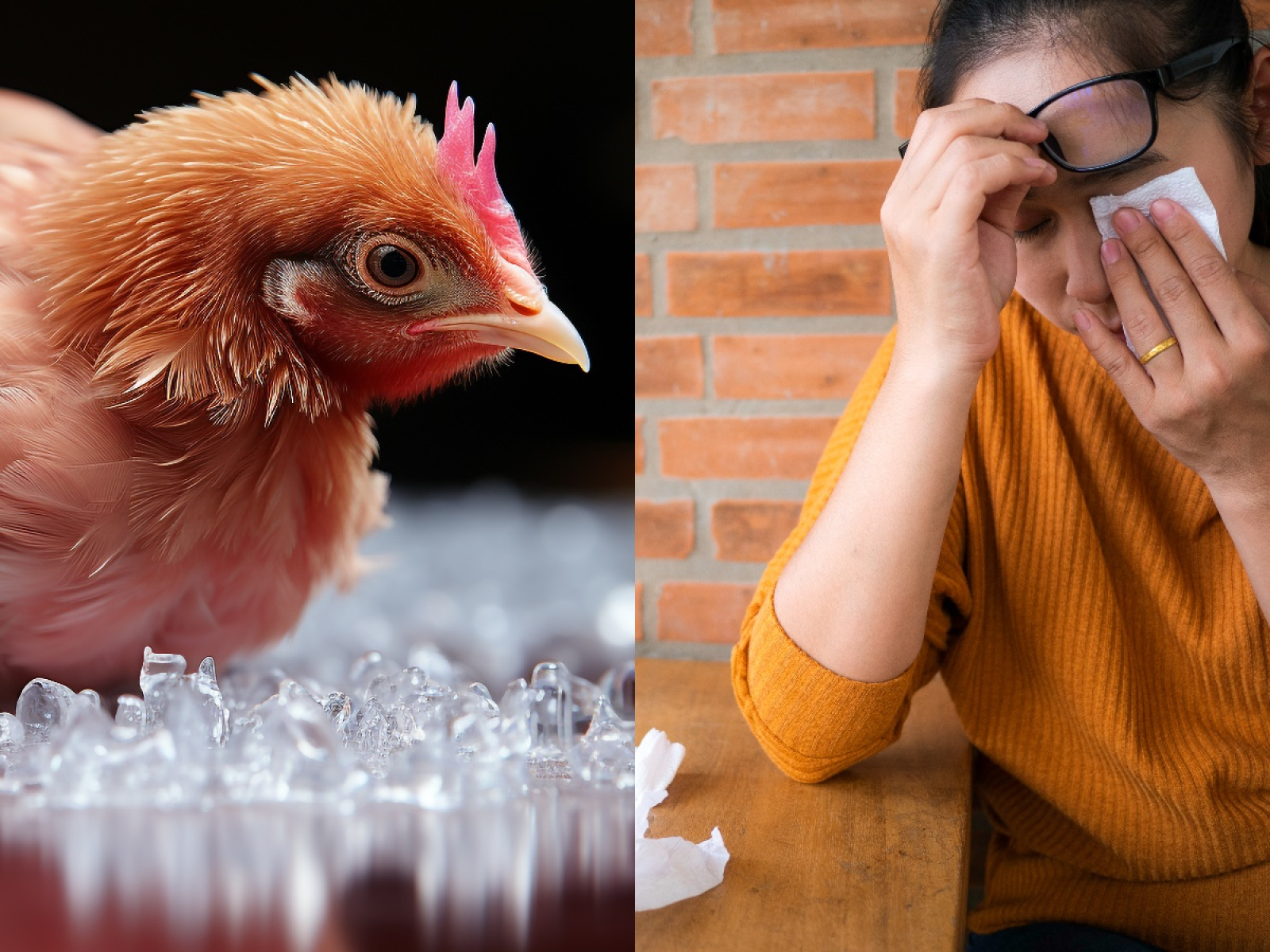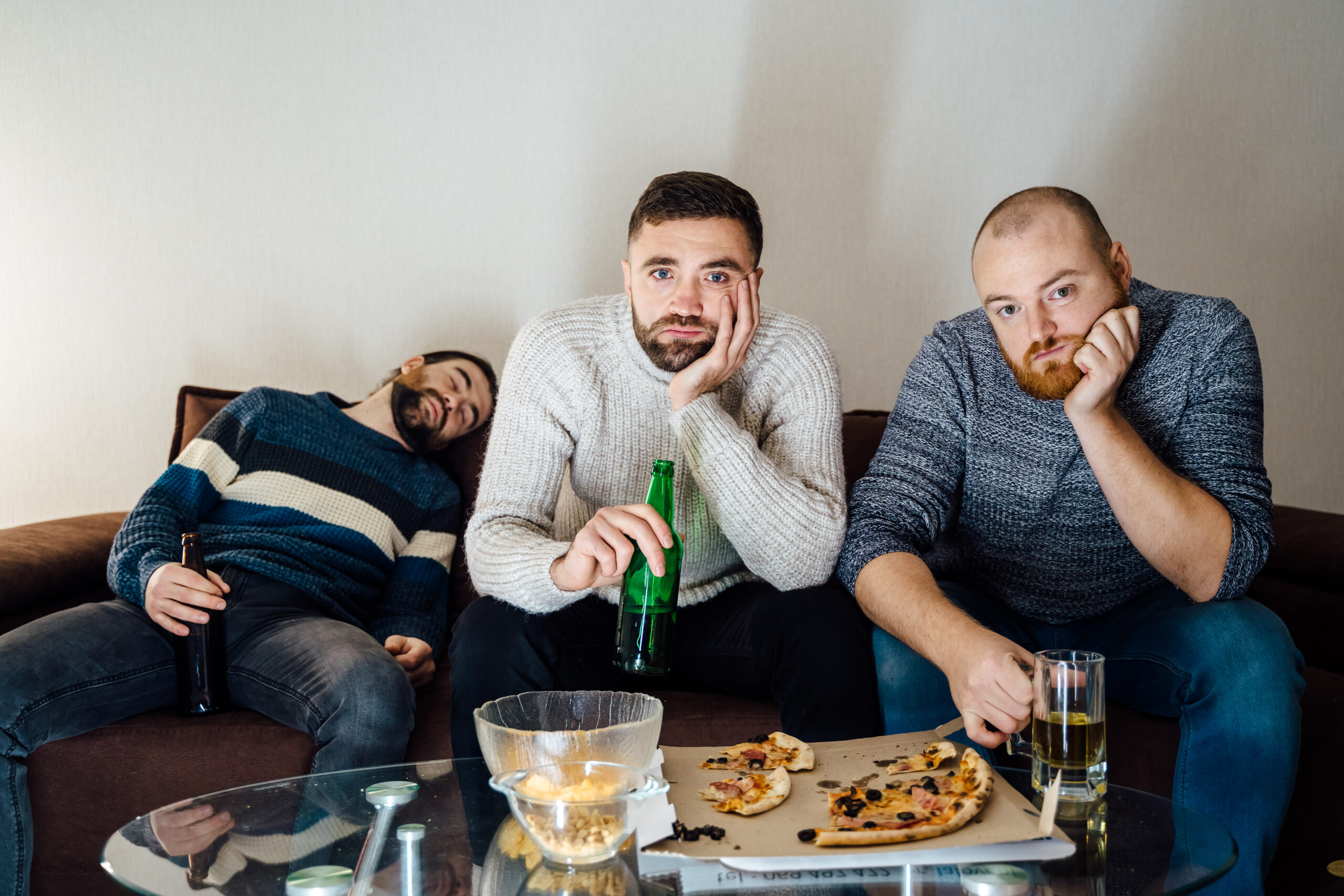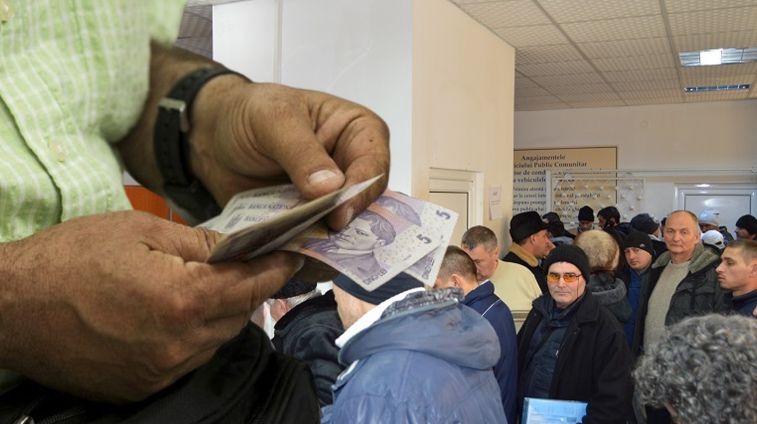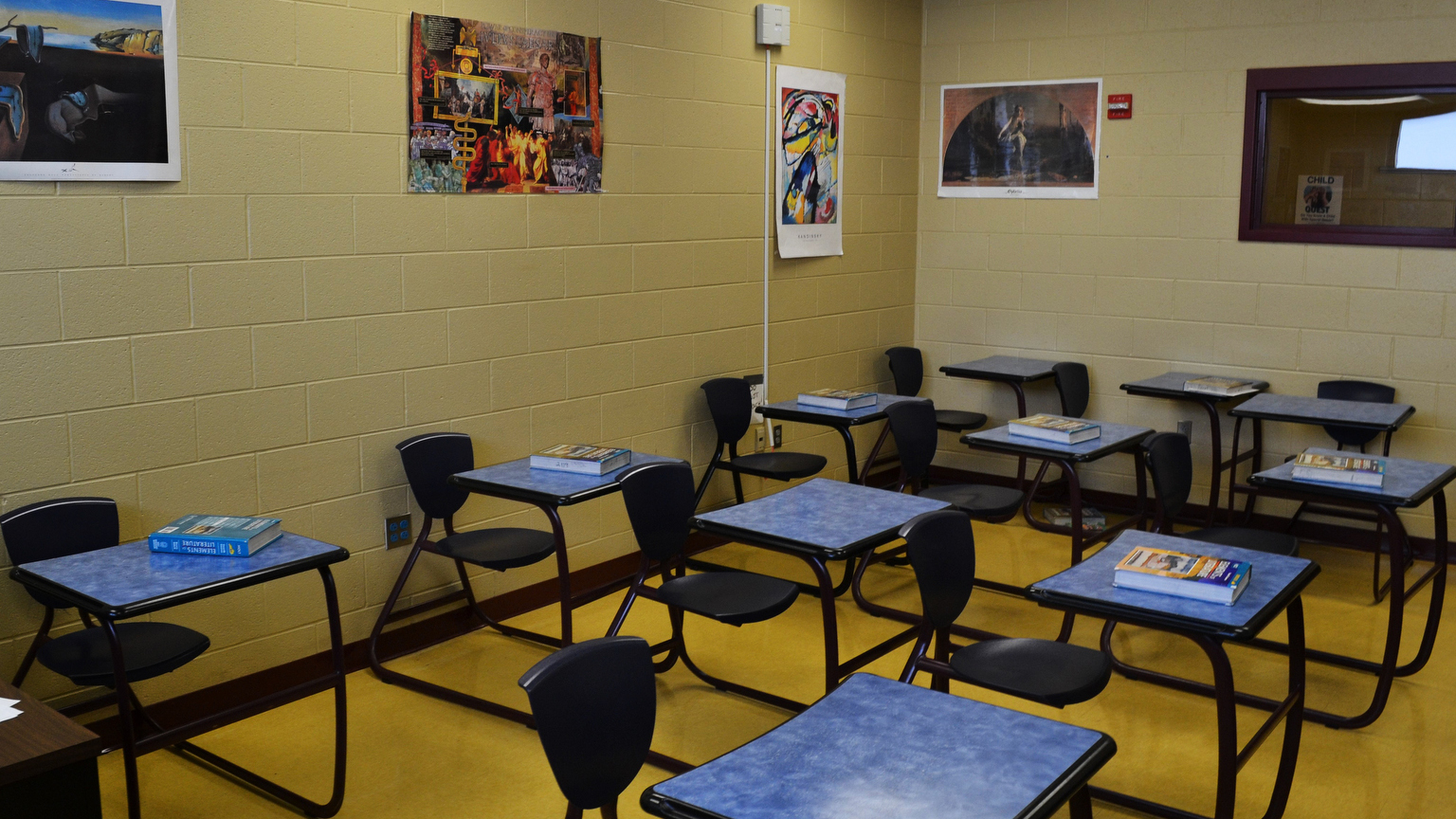Bun venit la Palatul Primaverii sau resedinta familiei Ceausescu! Un muzeu care arata precum in anul 1989, cu bai placate in aur, gradina tropicala, apartamente de lux, piscina cu aparat ce face valuri, un buncar cu tuneluri secrete sau zona de spa, cu solar si coafor! #palatulprimaverii #ceausescu #haihui
174 spaces, and from the dressing we get to the bathroom, plated with gold. At the window level we have these artisanal fountains. The chessboard is electronic and was received as a gift by Mihail Gorbaciov.
I did not imagine that in those days someone in Romania, even the Ceausescu family, could benefit from a cinematographer. It is at a depth of 15 meters from the ground level and is designed to withstand two consecutive atomic bombs. We are in the day room of Elena Ceausescu.
All the jewelry of Elena, which were found in this safe in 1989. On the bed we have the sheets and pajamas of the two. In front we have the famous golden bathroom. Winter garden. The official dressing room, where we really see the clothes. The spa area and the therapeutic salon.
There is a device for making waves. The pool itself is about 3 meters deep. Between 18 and 22 million euros. Hello, dear ones! Hello everyone from Bucharest! We are at the entrance to the famous house of the Ceausescu family on the Primaveri boulevard,
Which, to our shame, we have not visited so far, although we have lived in Bucharest for 15 years, respectively 10 years. What a wonderful occasion with this YouTube channel that we can also see some of the new places that our capital offers.
We still have a few days until we leave for a new destination, but until then we decided to film interesting places that we also wanted to see. From here, from our country, you saw that we went to Lacul Bâlea, we walked with the Husky dog trail.
And now it’s time to show you a bit of history. I am very curious about what the interior looks like. I read that there is a pool, a spa area, well, a lot of rooms, I think over 170. Baths lined with gold. So let’s see together the Ceausescu house or the Primaveri palace.
Hello and welcome! Hello! Welcome to the Primaveri palace. We are here in the first room, it is the main office of Nicolae Ceausescu. The Primaveri palace today has approximately 4,400 square meters and until 1965 it was a house of protocol of the former president Gheorghe Gheorghiu Dej.
In 1965, when Gheorghe Gheorghiu Dej died, a few days later, Nicolae Ceausescu moved into this house with his family, so the palace became his family residence. Usually in this office, Nicolae Ceausescu received the visit of his personal advisors, such as General Ion Mihai Pacepa, but also of Dumitru Popescu,
Who was his shadow writer, who edited and censored the texts and speeches of that time. Inside the house you will see several gifts received by Nicolae Ceausescu from various personalities of the time. For example, in this room, the carpet is Iranian and was received by the last Shah of Iran, Mohammad Reza Pahlavi.
And in the showcase there we have a few sets of decorative plates that were received by Queen Elizabeth II of Great Britain. All the decorations and furniture in the house were made at the Heliade factory in Bucharest, they have a Renaissance style, they are made entirely of walnut wood.
Ceausescu’s house was never owned by the Ceausescu family, so no child of these today, the only one who lives, being Valentin, could resell this house. The house was and is owned by the Romanian state. We are in the second room, it is the office room of Nicolae Ceausescu,
In which the basic architectural piece is this original chess board of his, in which all the pieces are made of wood and represent the countrymen with the Romanian national flag. Chess was one of his passions, besides volleyball, tennis and hunting.
Also in this room, because he had only three primary classes, he took diction, politics and economics lessons. The floor here is made of more wood essences such as mahogany, paltine, walnut and african fern. In the showcase we have a few African handcrafted tiles, which were received after his visits to Africa in 1972,
But especially on the part of Mobutu Sese Seko, who was the dictator of Zaire. Is it true that on the chess board the king is Stephen the Great and the queen is Queen Maria? Yes, that’s right. The paintings in the house you are about to see are original of our Romanian painters.
We also have Vermont and Tonita. They represent nature, life in the country, country fairs, Romanian choirs as well. How many rooms does the house have? The house has 174 spaces and an apartment has 4 spaces. We are in Valentin Ceausescu’s apartment. Valentin is the first born son to the Ceausescu family.
He is still alive today, he is 75 years old and retired. He worked as a physicist, but especially at the Institute of Atomic Physics in Magurele for 43 years. Valentin was never involved in politics, although he was also a member of the Romanian Communist Party.
Valentin’s apartment is made up of this office, bedroom, dressing and bathroom, which you are about to see. The chandelier here is made of medium crystal and is a copy of the ones in Bohemia.
The bed is made in Cisnădie, it is Romanian, and where we have colors on the walls, it is Romanian natural silk. We have in the bedroom corner a wooden panel with jade sculptures, which was received as a gift from Kim Ir-sen, the North Korean president. This is what Valentin Ceausescu’s bathroom looks like.
We are in the main hall, this is the main entrance to the house. The Spring Palace was preserved in such good condition until in 1989, during the revolution, the Romanian army was the one who secured and protected the house and the perimeter of the house for about 3 months.
Therefore, everything you see in the house today, although it is arranged a little differently, looks like in 1989. The crystals and doors here are made in Buzău, and the floor is also Romanian, made in Cisnădie. We have a piano, it is functional, but for the Ceausescu family it was just a decoration piece,
Because no one knew how to play the piano. Next to the piano we have a 19th-century flaming tapestry, received as a gift by Charles de Gaulle, the French president. And on the other side we have a small fountain with Murano mosaic and gold plaque.
Everything you see plated with gold in the house is not massive gold, it is an industrial gold, weak, 7 carats, and the whole residence is breathed only with 150 grams of this type of gold.
This living room is famous because it received the visit of Richard Nixon, the United States President of the United States, and the only official visit of a president here in the location, because Ceausescu’s wives were quite private. The chandeliers here and the mirror are made of Murano glass,
And the fireplace is only decorative, being made of ruschita marble from Caras-Severin. At the window level we have these artisanal fountains, you will see them in other rooms along the tour. They were meant to refresh the air in the house during the spring and summer,
Along with this original ventilation system of the house from the ceiling. And the heating, during the winter, under these narrow windows, there are fountain heaters with gas-based heating. The living room leads to this beautiful summer garden. Maybe waiting in the garden today you noticed that we have a few peacocks.
More precisely, today in the garden live 18 peacocks and some really small ones. They are the descendants of the two cubs that Nicolae Ceausescu brought from Japan at that time, and in the house you will see quite a lot of decorations with peacocks,
At the level of vases, tapestries, but especially a lot of mosaics. Everything that is made and built here in Ceausescu’s house are Romanian products. 90%? 90% I said, yes. We are in the dining room of the festive meals and breakfast. Here we have two totally different tables.
At this table, the Ceausescu family only sat on special occasions, Christmas, Easter, family anniversaries. The tapestry here is Romanian, it is made of wool and is decorated with peacocks, and on its right we have Delft vases received as a gift from Queen Juliana, the Queen of Holland.
The TV here is the only one left in the whole residence, being a Philips Color from 1977, still functional, which these people look at, but a level below the house there is the cinema, with a capacity of 20 people, at which they watched American movies.
At the other table, on the other hand, the Ceausescu family stayed here most often as a family. Nicolae Ceausescu was diagnosed with diabetes, and his meals were proportionate, having a fairly strict diet. After the meals, they stayed in this relaxation area, where chess, cards, remi were played.
The chess board here, Fantom, is electronic and was received as a gift by Mihail Gorbaciov, the President of the Soviet Union. Now we are going to watch a video about the Ceausescu family, unfortunately we cannot film this moment, but we will illustrate with some photos.
Children between the ages of 4 and 7 became members of the pre-school organization, and they are in the party. A very interesting film, it lasted about 15-20 minutes, and it was a journey through time, from the beginning of communism until 1989, with many details, with a lot of information,
And yes, we are in the cinema hall. I did not imagine that in those times, someone in Romania, even the Ceausescu family, could benefit from a cinema at home. The cinema has 20 seats, with Philips audio-video system. Also, the walls of the cinema hall are decorated with matisse, catifea,
And with golden thread, similar to the priest’s vestments. If you look carefully at the applied material, you can notice, framed in a circle, the monogram of Jesus, a Christian symbol. The chandeliers are made of Bohemia crystal, brought from the Czech Republic.
The furniture is decorated in Art Nouveau style, French style, made of cherry wood. Nicolae Ceausescu liked American films a lot, but especially the western genres, with gangsters, but also series such as Kojak, from 1973, with Telly Savalas, and the great Gatsby, from 1974.
The Romanian film, preferred by the former leader of the country, was Buzduganul cu trei peceti, from 1977, with Mihai Viteazu, played by Victor Rebenciuc. This is the projection room. The projections are still functional, and the film roles were brought from the Sahia Film archive,
Designed for the Ceausescu family, after which they were returned. Only one role remained at home, a film with a cobra, with Sylvester Stallone. It used to be a recreation and tasting space, used quite rarely, however. It is decorated in the Romanian medieval style of the 18th century,
Following the decorative model of the Horezu Monastery, from Vâlcea, and made entirely of walnut wood. Ceausescu’s favorite drinks were Romanian wines, such as Odobești’s Galbena, but also Pitești’s Ţuica. Even if he was not used to drinking alcohol, Ceausescu had a collection of about 250 bottles of Romanian wine, in a refrigerated room.
We are in the Scornicești room. In this room there is an ornamental magnolia, made of glass, received by Ceausescu from the Prime Minister Zhao Ziyang in 1986. Here is also the last bottle of wine left in the house, a white wine from Drăgășan, from 1959.
The room was not used, being in fact an anti-chamber for access to the bunker. Everything we see today is preserved and looks like… In 1989. But I know that in 1989 the protesters entered here. They really came in, as far as we know, they only stole food, drinks, some of their clothes.
And then they didn’t pay attention to the objects of the art? No, they really took the wines from here, this being the only one left, this wine from 1959. The door is original to those who made it at that time. So we’re going to the bunker now, actually.
And this is what the door that leads us there looks like. You’re talking like the door of a submarine. Exactly! Very, very interesting. I repeat, it is original, this is what it looked like in the 1980s. Incredible! And we get off these stairs to see what the Ceausescu family’s bunker actually looks like.
We are in the bunker, in the bunker room. The bunker is the only room we still have access to, because the rest of the bunker was sealed in 1989 by the Romanian Security Services. It is 15 meters deep and is designed to withstand two consecutive atomic bombs.
Most of the objects exposed here are tribute gifts received from various factories and members of the PCR on the occasion of the birthday, which was considered a national holiday. Equipment that was part of the systematization of the house before 1989 can also be found in the showcase.
Incredible how it looks, like a regular room in a house. I mean, you can’t even say you’re in a bunker, because they had all the conditions here, and they actually created all the conditions. The ventilation is through those round things at the top, from the level of the garden.
It’s cold here, you can really feel the difference in temperature. That’s where it comes from. And I find the positioning interesting, next to the bed. The bunker initially had bedrooms, baths, command and communication rooms, and the entrance is behind this wall.
It was never used, but it was designed to accommodate occupants for about six months. A series of tunnels also leave the bunker, which ensured evacuation to various strategic points in Bucharest. You can see that there was a lot of effort put into it. Yes, exactly.
We are in the hunting hall and the homage gallery with paintings, which were given as gifts by various children, members of the Romanian Communist Party. Nicolae Ceausescu was passionate about hunting. The trophies are gifts received from important party members from the country. Most of the paintings here are portraits of the Ceausescu couple,
Made by artists from various areas of the country, and have never been exhibited in the house. And if I still haven’t got to this aspect of Nicolae Ceausescu’s passion for hunting, I want to tell you something I forgot in the vlog filmed at Bâlea Lac,
Which is that there is a room at the Paltin Cabin where he used to stay every time he came to hunt black goats. And it is preserved exactly as it was 30-40 years ago. So don’t miss this room when you get to Transfăgărășan, to Bâlea Lac or to Bâlea Cabin, Paltin Cabin.
The objects here remained after several auctions were organized and they were not sold. Also, here we have the famous portrait, which at first was presented to Nicolae Ceausescu only in one ear, if you remember, it was in all schools, factories, factories. And then we have the portrait with two ears.
At this level, on the first floor, we have two apartments, the apartment of Zue and Nicolae Ceausescu, as I was telling you, the other two children of Ceausescu’s wife. The first apartment here is Nicolae Ceausescu’s apartment, he was the third child born in 1951.
He lived until the age of 45 and died in a clinic in Vienna, in Ciroza. He was the only one involved in politics at that time, being the first vice-secretary of the UTC and a member of the Communist Party from Sibiu,
He was considered a possible successor of his father, which we know did not happen again. Nicu was married only two years, a marriage more arranged by his mother, Elena Ceausescu, and had no successors. His apartment here, made up of this office, bedroom, dressing and bathroom, follows a classic English style.
And from the bedroom we get to the dressing, a large window on the right, a wall painting and, of course, the indispensable support that covers the heater and is very beautiful, by the way. And from the dressing we get to the bathroom, what catches my eye is the singing room,
Located here somewhere in front, the toilet is here on the right, the toilet on the front walls and somewhere on the left is the shower. In front of the second apartment, from this level, is the apartment of Zoe Ceausescu. She was their only daughter and the second child born in 1949.
Zoe lived until the age of 57 and died of cancer. She was married to Mircea Oprean and had no successors. She wanted an acting career, but her mother took her to mathematics. She graduated from the Faculty of Mathematics at the University of Bucharest
And later worked as a mathematician and math professor until 1989. Her apartment here is a little bigger, made up of this living room, bedroom, dressing and bathroom, with an opening to two different balconies and follows a French style. These artisan fountains were the reason for the spring and summer air in the house.
We are in this hall, one of the two apartments. The two Japanese pots here were bought from the budget of the Romanian Communist Party and the upholstery is Romanian, representing the motherhood as a child after Sabin Balasha. The lighting here is natural and is made of gauze glass,
And the balustrade and stairs are made of Carrara marble. Behind us is this door, which is not part of the standard tour, but behind it is a room that Nicolae Ceaușescu wanted strictly for this house, specifically rustic, old-fashioned, where he rested and stayed frequently. It was his resting room, for relaxation.
We are in Elena Ceaușescu’s living room. She wanted this living room because she wanted to rest during the day, without disturbing her diabetic husband. But of course, there is a common apartment of the two and you will see it in a few minutes.
Elena Ceaușescu was two years older than her husband, born in 1916. In 1937 she became a member of the Romanian Communist Party, and in 1947 the two got married. Later, after the promotion of Nicolae Ceaușescu as president, she obtained several titles and functions in the state,
Becoming the third power in the state and, in fact, Nicolae Ceaușescu’s right-hand man. Her daily apartment here follows a Rococo style, with natural Romanian tiles on the walls, candelabrum and mirror made of Murano glass, and the fireplace also decorated with ruschita marble. In the bedroom we have a safe.
All Elena’s jewels that were found in this safe in 1989 were confiscated by the National Bank of Romania, evaluated and sold at various auctions later. And this bedroom had a terrace here on the left. The room is quite small, but one of the most loaded from my point of view.
A armchair where Elena Ceaușescu probably read or rested, two other armchairs with a table located right next to the bed, the missing wardrobe and a few furniture objects. We are in the Louis XIV Salon here. In 1970, when Ceaușescu’s wife visited the Versailles Palace in France,
She was impressed by the architecture of the palace and wanted to build a similar style in the house. That’s why this salon is built in a Louis XIV style. The fireplace here is the only functional in the entire residence, being made of Carrara marble. And the two silver pots are made of porcelain
And were given as a gift by Charles de Gaulle, the President of France. Usually in this salon, Nicolae Ceaușescu was visited by his ministers. We are in the common bedroom, where on the bed we have the blankets and pajamas of the two, and in the room there is this sofa,
Which was used by the two pets of Ceaușescu’s wife, there were two black labradors, named Corbu and Charona, and they were adopted by Queen Elizabeth II of Great Britain. We are at the level of seasonal dressings, in which Ceaușescu’s wife kept only seasonal clothes for autumn and winter.
In front we have the famous golden bath, which the press wrote in 1989 that it would be a complete golden bath, it is an erroneous information, it is only that type of seven-bedroom, partially ventilated, as I told you in the main hall of the house. That’s exactly what I was thinking about,
Do you remember that I filmed in the Burj al-Arab, and there was an elevator, decorated with gold and many, many other details. What I see here is again the singing bowl, you see a very large mirror, two pots, of course towels, in the middle there was a table with two chairs,
Of course another support for the towels used in the shower, a closet, two other large mirrors here, it is a very, very spacious bath, but look at the ceiling we have upstairs. Many elements remind us of the riads in Morocco. In this hall we have Romanian wax from Cesarom,
And on the walls here is the most expensive marble in the house, it is Indian, it is expensive because it is very difficult to process. And we got to the winter garden. We are in the winter garden, where we have a retractable lamp, two artesian fountains and an infrared heating system.
Until 1989, this atmosphere was filled by some exotic birds, but which are no longer here, only the plants are the ones from 1989. Starting from this point of the house, until we reach the summer garden, you will see on the walls only Romanian mosaics, created by two Romanian artists,
Well known between the 60s and 70s, they were Olga Porumbaru and Florin Pârvulescu, here on the left and right representing two corns, and on the other wall is a pair of peas, representing the years. At this central table, Ceausescu’s wife served coffee in the winter. We are in the main dressing room,
Composed of this living room, the test room in front and the closet in the back. Of all the objects found here in 1989, some were taken out for auction, others were stolen during the revolution, and some remained here, unregistered and inventory. Elena Ceausescu had more than 200 pairs of leather shoes,
And as foreign clothes, she had a few Chanel dupes. These two mannequins here are only with the title of presentation, because, as a height, Elena Ceausescu was 1.65, and he was 1.62, wearing heels to reach it. We have now reached the official dressing room, where we can see Elena Ceausescu’s clothes,
Here, exposed in the lower part. We see dresses, suits, shoes. Here are some blankets, and next to them, the suits of Nicolae Ceausescu. It is huge, huge! On the left and right, you realize that there were cabinets where the clothes were stored. We are in the spa area, and the therapeutic salon.
On the right, we have a dry sauna. In front is the therapeutic salon, composed of ozonotherapy, electrotherapy, Scottish showers, galvanic baths. And to the left, we have the hairdresser and the hairdresser’s office, and in the hairdresser’s office, we even find a bronze lamp of Elena Ceausescu from that time.
We are in the last room of the Piscina tour. Only the Piscina tour was held for two years, with over a million small mosaic pieces, and it is the creation of the two Romanian artists I was telling you about. This time, you can see their names written on the walls,
Olga Porumbaru, Florin Pârvulescu. What they wanted to represent here is the zodiac, a cosmic scene. In front is an aquatic landscape, and on the side, a world represented by flowers and birds. The pool itself is approximately 3 meters deep, lit and heated during the winter.
In that box, there is a device for making waves, still functional. In front of the pool, we have this garden. It is a faithful copy of Fidel Castro’s gardens in Cuba, and until 1989, the garden was much larger, up to the orange buildings on Molier Street. So, all these embassies, institutions, apartments
That surround the Ceausescu house today, were not here until 1989. And now we have arrived in the garden. The tour is over. At the moment, I am having a coffee here, in the area where probably the wives went out to drink their coffee on the weekends, but how was it?
It is a very beautiful, colorful and quite old pine tree up there. What I found out is that when Ceausescu’s wives lived here, in the spring, all the streets around were closed for peace. It was to be expected, of course, for safety. Probably, yes. Somewhere on the left is the employees’ kitchen.
Ceausescu’s house had between 10 and 12 employees, who did not live here, but came only for work. But how was it? I did not imagine that Ceausescu’s wives, in those times, in those years, lived in such a luxury. I was amazed. Details, sculpted walls, wallpaper, mosaics, swimming pool. Technology for those times.
Waves, cinema, solar salon, Ceausescu had a dressing room. It seems unreal to me. We invite you to come if you have time. On the weekend, it’s a walk, let’s say, or a Saturday afternoon visit. Excellent, I say, if you are in Bucharest or from Bucharest.
We opted for a private tour, which costs 260 lei per person. Of course, to film, an additional tax is paid, but there is also the option of visiting Ceausescu’s house with a group. 65 lei is the ticket price. More than 50% of the tourists who visit Ceausescu’s house
Are foreigners, most of them Americans. Italians. I did not mention the other nationalities. This is what the Café, or Pergola, looks like. Here, somewhere on the left, there is a souvenir shop. We can buy a wine that bears the name of this location and other objects, souvenirs that remind us of Romania.
Of course, it is a section more for foreign tourists. Paintings, soap, toiletry soap, with lavender, for lovers of this era. Even a soap figurine, which costs 60 lei, is featured by Nicolae Ceausescu. We took a cappuccino, for which we paid 11 lei. We are here in the family garden.
We see the house in front of us. I think these are the children’s rooms, if I remember well. Somewhere up there, because they had balconies. Yes, it’s an interesting experience. I am still under the impact of what I saw here.
I did not imagine, I repeat, that such a house could look like this in Romania of those years. Yes. I just found out a new piece of information. As of now, in 2016, this property was valued at 18 and 22 million euros. Attention, the building was valued at about 6-8 million euros,
And the land at 12-14 million euros. This in 2016. Attention, now the value has certainly increased much more. And from here, from this room, from this huge hall, where there are many photos of Ceausescu’s wives. And various specialists. We say goodbye to you. We hope you enjoyed today’s new vlog.
I have a request for you, and that is to leave in the comment the word that characterizes everything you saw today. For me it is opulence. See you in a few days from a new destination. Kisses! Kisses!
Video “Turul casei familiei Ceaușescu! 174 de camere, buncăr, spa, piscină cu valuri și băi placate cu aur” a fost încărcat pe 21/01/2024 pe canalul YouTube HaiHui in doi







